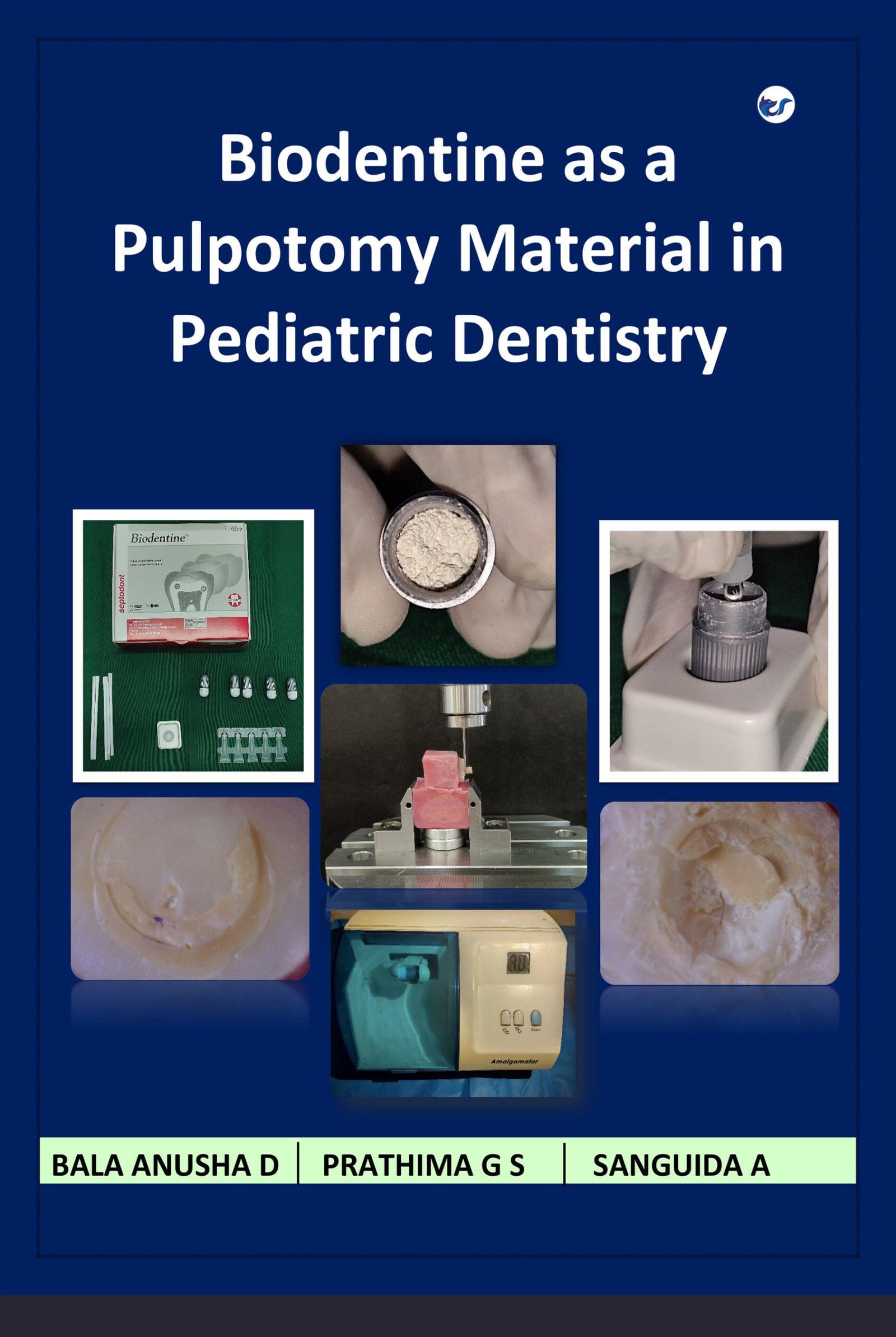| Binding Type | Paperback |
|---|---|
| Languages | |
| Publishers |
Biodentine As A Pulpotomy Material In Pediatric Dentistry
₹299.00
In stock
People Also Viewed
-
 The Planet Talks
₹230.00
The Planet Talks
₹230.00
-
 The Trance Girl: The One Who Became an Addiction
₹279.00
The Trance Girl: The One Who Became an Addiction
₹279.00
-
 Amavasya Vennela
₹299.00
Amavasya Vennela
₹299.00
-
 Thermodynamics And Transport Phenomenon: B.Sc. Physics (Major) Semester-Ii (Nep-2020)
₹500.00
Thermodynamics And Transport Phenomenon: B.Sc. Physics (Major) Semester-Ii (Nep-2020)
₹500.00
-
 Fluid Dynamics And Acoustics Including Practical: B.Sc. Physics (Major) Semester-Ii (Nep-2020)
₹589.00
Fluid Dynamics And Acoustics Including Practical: B.Sc. Physics (Major) Semester-Ii (Nep-2020)
₹589.00
Description
Management of deep carious lesions and preserving the vitality of remaining radicular pulp in primary and young permanent teeth remains a huge challenge in Pediatric Dentistry. When caries involves only the coronal pulp and if the radicular pulp is found healthy pulpotomy procedure is highly preferred. The pulpotomy materials used should be biocompatible, cost-effective, durable, fast setting and it should provide higher bond strength, color stability, fracture resistance and lesser microleakage. This in turn positively influences the behavior of children during the procedure in a dental operatory. Biodentine, a tricalcium silicate-based material has been introduced to overcome the color instability, poor handling property, slower setting and expensive Mineral Trioxide Aggregate (MTA). Due to its bioactive properties, Biodentine can be used as a promising alternative to other conventional materials used in pulpotomy procedures for young children. This monograph on Biodentine as a pulpotomy material in Pediatric Dentistry highlights its important properties, clinical applications, advantages, disadvantages and drawbacks when used in pulpotomy. Furthermore, the clinical and radiographic outcomes along with the qualities of Biodentine making it more preferable over other pulpotomy materials have also been discussed.











 No products in the cart.
No products in the cart.







